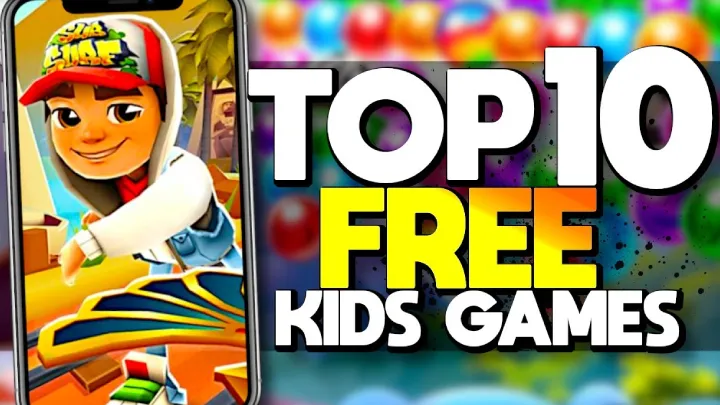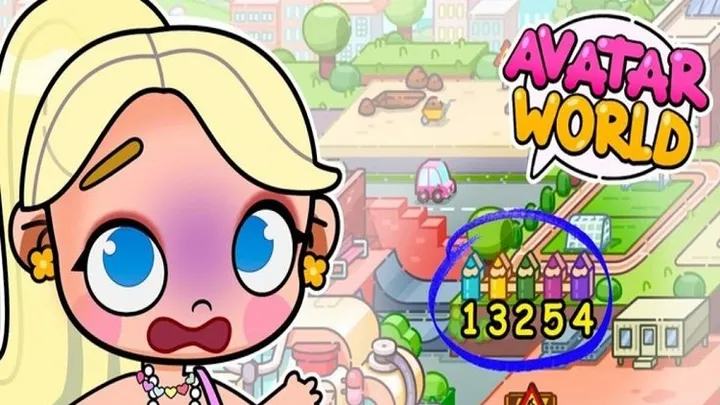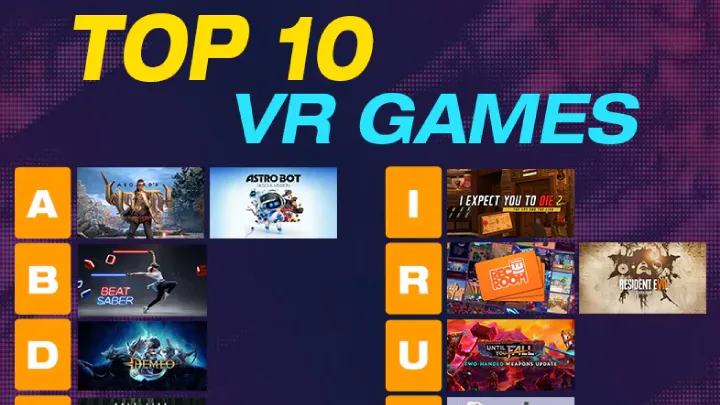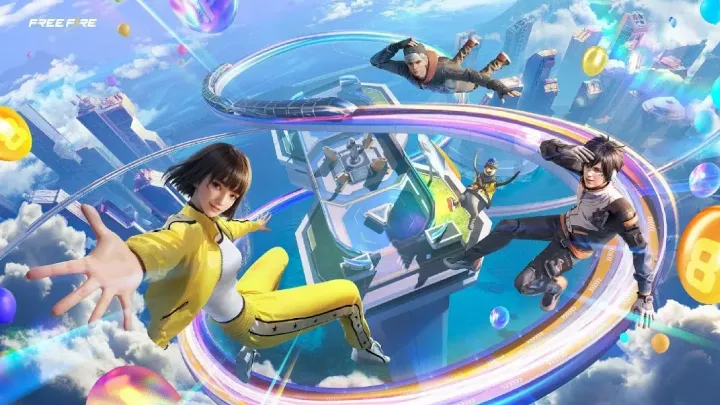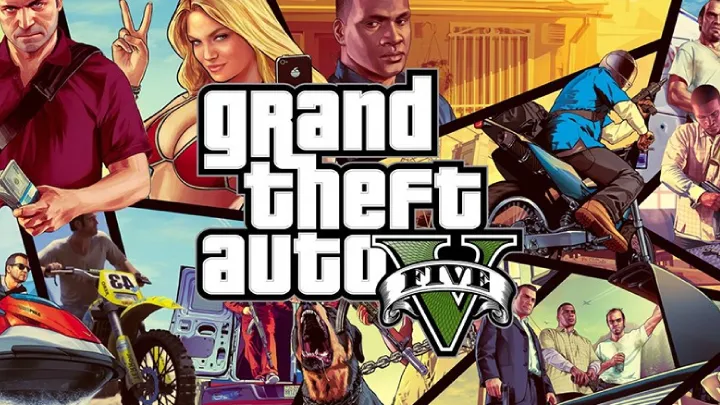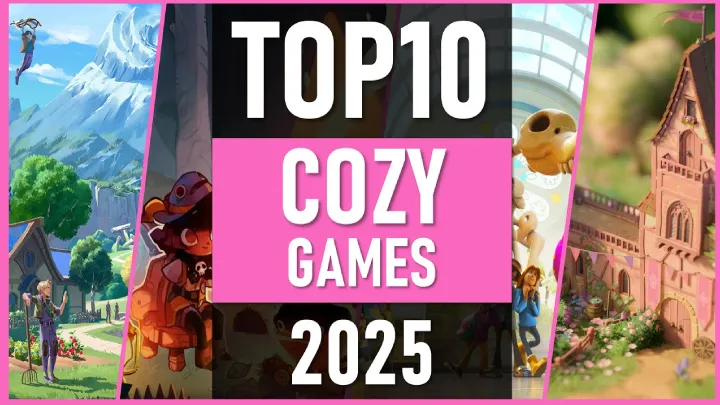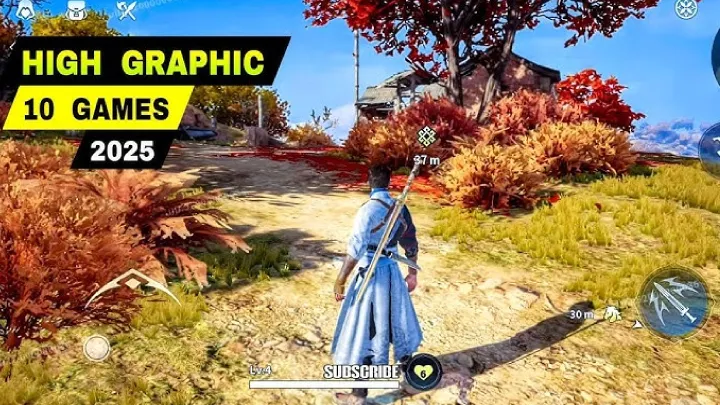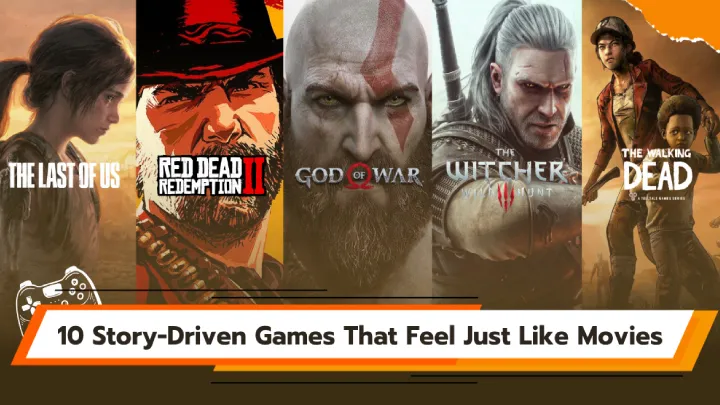In 2025, Riot Games’ flagship tactical shooter Valorant stands at the peak of global competitive gaming. Since its launch in 2020, the title has grown into one of the defining first-person shooters of the decade, merging precision gunplay with hero-based abilities. The year 2025 has been especially significant for Valorant, with major updates reshaping gameplay, competitive balance, esports ecosystems, and community culture. This news feature provides a deep exploration of the latest updates, their impact on players, and the future of Valorant as it enters its next competitive phase.
The Evolution of Valorant in 2025
Valorant has undergone continuous transformation since release, but the 2025 updates represent a pivotal moment. Riot Games has embraced a philosophy of sustained innovation, introducing new agents, rebalancing existing abilities, revamping maps, and launching systems to enhance both competitive and casual experiences.
What sets 2025 apart is the sheer scale of the changes. The year began with promises from Riot to address long-standing community concerns about agent balance and matchmaking fairness. By mid-year, the company delivered sweeping overhauls that affected nearly every aspect of the game, from gunplay tuning to cross-regional ranked progression.
The result is a game that feels familiar yet distinctly refreshed. Valorant in 2025 is not simply a continuation of what came before but a renewed vision of tactical FPS competition.
Agent Updates: Balancing Creativity and Competition
One of the most headline-grabbing aspects of Valorant in 2025 is the arrival of new agents alongside substantial reworks to existing favorites.
New Agents
The introduction of Veyra, a stealth-oriented duelist, has redefined flanking strategies. Equipped with an ability to temporarily silence enemy audio cues, Veyra thrives in creating chaos and forcing opponents into reactive playstyles. Her addition sparked intense debates, as competitive players adjusted to the disruption she brings to team communication and positioning.
Another standout is Talon, a controller designed for global map influence. Talon deploys zones that manipulate line of sight and reduce visibility, creating new tactical possibilities in post-plant scenarios. His skillset blends traditional control mechanics with disruptive utility, allowing teams to reshape engagements dynamically.
Reworks of Legacy Agents
Riot also rebalanced older agents. For example, Cypher received significant upgrades, making his surveillance tools more resilient against counterplay. Meanwhile, Phoenix finally became a meta contender after his abilities were buffed to improve self-sustain and team synergy.
These changes sparked renewed interest in long-overlooked characters and created a competitive meta where nearly every agent feels viable in professional play.
Weapon and Economy Adjustments
Valorant’s gunplay remains its foundation, and 2025 has brought refinements to ensure fair but dynamic engagements.
Weapon Balancing
- The Vandal and Phantom, long the kings of Valorant’s arsenal, were tuned to reduce headshot lethality at extreme ranges, forcing players to consider positioning more carefully.
- Sidearms like the Frenzy were rebalanced to reward accuracy over spray control.
- A new rifle, the Dynamo, was introduced, offering a slower fire rate but increased wall penetration, changing how teams execute site takes and retakes.
Economy Shifts
The in-game credit system was adjusted to make comebacks more feasible. Teams now earn slightly higher loss bonuses, allowing them to invest strategically without being locked into multiple eco rounds. This update encourages more dynamic round-to-round gameplay and keeps matches competitive.

Map Pool Rotation and Design Overhaul
In 2025, Riot doubled down on its commitment to map variety. Older maps received redesigns to reduce choke-heavy gameplay and introduce new verticality.
- Split, once retired from the competitive pool, made a triumphant return after a full redesign with smoother rotations and more balanced site entry points.
- A brand-new map, Harborline, became the year’s breakout favorite. Set in a futuristic coastal city, Harborline emphasizes multi-layered engagements, where vertical movement and water-themed environmental elements influence strategy.
The refreshed map pool has reinvigorated both professional and casual play, preventing the stagnation that often plagues competitive shooters after years of repetition.
Competitive Matchmaking Overhaul
Matchmaking has long been one of the most criticized aspects of Valorant. In 2025, Riot implemented a global performance-based rating system, integrating metrics beyond simple wins and losses. Player contribution, utility usage, and tactical decisions now play a role in ranked progression.
New Competitive Features
- Cross-regional ranking allows top-tier players to compete globally without starting fresh accounts in different servers.
- Dynamic matchmaking queues reduce smurfing and improve fairness by matching players not only by skill but also by consistency of performance.
- An updated anti-cheat system leverages machine learning to detect suspicious behavior in real time.
The result has been an overall smoother ranked ladder, with players reporting fairer matches and more rewarding progression.
Esports Scene: Valorant Champions Tour 2025
Esports continues to drive Valorant’s popularity, and 2025 has marked a new era for the Valorant Champions Tour (VCT).
Global Expansion
Riot expanded the VCT to include new regions such as the Middle East and Africa, creating a truly global competitive ecosystem. This expansion not only gave rise to fresh talent but also diversified playstyles showcased on the world stage.
Franchise League Model
The introduction of regional franchise leagues stabilized the professional scene. Top organizations now enjoy greater financial support from Riot, ensuring long-term investment in rosters and infrastructure.
2025 Champions Event
The upcoming Valorant Champions 2025 tournament is expected to be the largest esports event Riot has ever hosted, with record prize pools, cutting-edge broadcast technology, and cross-platform integration for fans. Early qualifiers already highlight new powerhouses challenging established giants like Fnatic, DRX, and Sentinels.

Community Features and Social Enhancements
Riot has increasingly prioritized community experience in 2025. Updates now include social and creative tools to keep players engaged beyond competitive matches.
Player-Created Content
The rollout of a Custom Workshop allows players to design unique game modes and training scenarios. While not as expansive as modding in other games, this feature empowers the community to create new experiences within the Valorant framework.
Social Systems
New party features allow for cross-region team play with reduced latency, while integrated replay tools let players share highlights instantly on social platforms. These enhancements strengthen Valorant’s identity as both a competitive game and a social hub.
Accessibility and Inclusivity Updates
Valorant’s 2025 updates also focus on inclusivity. Riot implemented expanded colorblind modes, customizable UI scaling, and improved voice moderation to combat toxicity.
Additionally, players can now mute opponents’ voice comms while retaining critical pings and callouts, a feature celebrated by those seeking a less toxic experience. Riot’s commitment to accessibility reflects a broader industry trend toward making competitive gaming open to all.
The Cultural Impact of Valorant in 2025
Valorant is no longer just a game; it is a cultural phenomenon. Streamers, content creators, and professional players shape gaming discourse daily. With 2025’s updates, Valorant has cemented itself not only as a competitive title but also as a lifestyle game, where fashion, music, and digital culture intersect.
Crossovers with global music artists and the launch of limited-edition in-game cosmetics tied to cultural events have further broadened Valorant’s appeal. For many, Valorant is both an esport and a shared virtual space of identity and creativity.
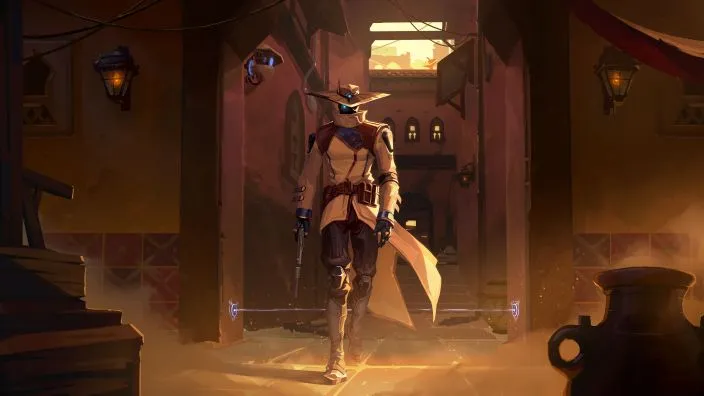
The Future of Valorant Beyond 2025
Looking ahead, Riot Games has teased plans for Valorant’s long-term roadmap, including potential new game modes and an expansion of the narrative universe. Hints of a cooperative PvE mode suggest Valorant could grow beyond its purely competitive roots, offering players fresh ways to experience the game.
As Riot continues to innovate, the challenge will be maintaining the delicate balance between competitive integrity and broad accessibility. If 2025 is any indication, Valorant is poised not just to endure but to dominate as a flagship title well into the future.
Conclusion
Valorant in 2025 reflects the maturity of a game that has found its place at the top of global esports and community-driven gaming. With new agents, weapon adjustments, map redesigns, and expanded competitive systems, the title continues to evolve while respecting its tactical foundations. For players, content creators, and professionals alike, Valorant has become more than just a shooter—it is a platform for competition, creativity, and culture. The latest updates set the stage for an even brighter and more ambitious future, ensuring that Valorant remains a defining force in gaming as the decade unfolds.








